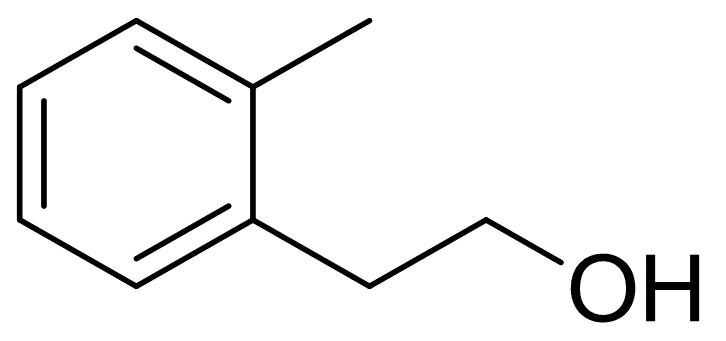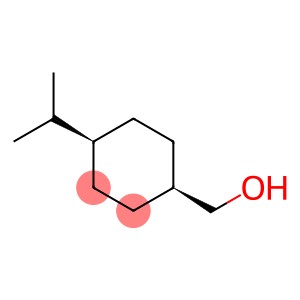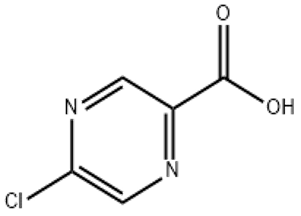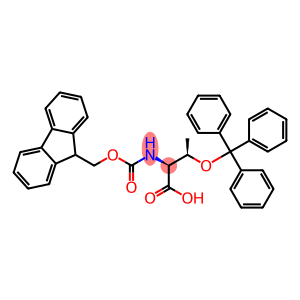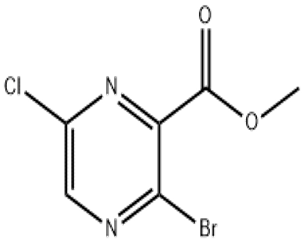(+)-Rose oxide(CAS#16409-43-1)
| Hazard Symbols | Xi – Irritant |
| Risk Codes | R38 – Irritating to the skin R36/37/38 – Irritating to eyes, respiratory system and skin. |
| Safety Description | S36 – Wear suitable protective clothing. S26 – In case of contact with eyes, rinse immediately with plenty of water and seek medical advice. |
| WGK Germany | 3 |
| RTECS | UQ1470000 |
| FLUKA BRAND F CODES | 10-23 |
| HS Code | 29329990 |
| Toxicity | The acute oral LD50 value in rats was reported as 4.3 g/kg (3.7-4.9 g/kg) and the acute dermal LD50 value in rabbits as > 5 g/kg (Moreno, 1973). |
Introduction
()-rose oxide, or anisole (C6H5OCH3), is an organic compound. The following is an introduction to some properties, uses, methods and safety information about ()-rose oxide:
Nature:
-Appearance ![]() )-rose oxide is a colorless and transparent liquid with a rose-like fragrance.
)-rose oxide is a colorless and transparent liquid with a rose-like fragrance.
-solubility ![]() )-rose oxide can be dissolved in water and most organic solvents, but insoluble in aliphatic hydrocarbons.
)-rose oxide can be dissolved in water and most organic solvents, but insoluble in aliphatic hydrocarbons.
-Boiling point:( )-The boiling point of rose oxide is about 155 ℃.
-density ![]() )-the density of rose oxide is about 0.987 g/cm ³.
)-the density of rose oxide is about 0.987 g/cm ³.
Use:
-spices: Due to its unique fragrance,( )-rose oxide is commonly used as a spice ingredient and is widely used in cosmetics, perfumes and other products.
-Solvent ![]() )-rose oxide can be used as an organic solvent to dissolve and dilute various substances in some industrial processes and laboratories.
)-rose oxide can be used as an organic solvent to dissolve and dilute various substances in some industrial processes and laboratories.
-Chemical synthesis:( )-rose oxide can also be used as a substrate or reaction intermediate in organic synthesis.
Preparation Method:
( )-rose oxide can be prepared by reacting benzyl alcohol with sulfuric acid:
C6H5OH CH3OH → C6H5OCH3 H2SO4
Safety Information:
- ( )-rose oxide can be ignited by Flash Point (flash point is 53 ℃) at normal temperature, so contact with open flame and other fire sources should be avoided.
-Vapors of the substance can irritate the eyes, respiratory system and skin. During use, good ventilation should be ensured.
-( )-rose oxide should not be dumped into the drainage system or into the soil in large quantities to avoid pollution to the environment.
-During use and storage, keep away from oxidants, fire sources and high temperature environments.



